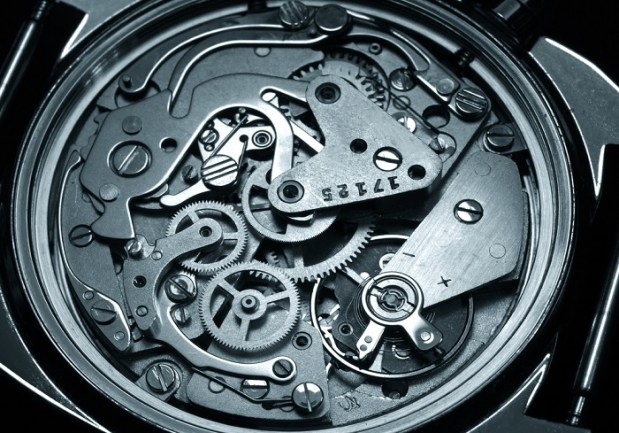OT Nabs Swiss Partner For Wearable Payments

If there’s one thing that smartwatches haven’t quite figured out yet, it’s how to make the most of their technology within the confines of a form and design that customers want to show off. So far, many smartwatches have abandoned the classic aesthetics of luxury wristwatches and timepieces made by Swiss horologists, opting instead for bland wrist bands and massive watch faces to satisfy the need for touchscreens and other distraction-causing components.
However, Oberthur Technologies and Mondaine may have developed a way to combine high-security mobile payments and sleek designs into the same package.
The key, announced in a March 17 press release, relies on what Mondaine CEO Andre Bernheim explained is the world’s first contactless payment chip in Switzerland that takes up no more space than the SIM cards that all modern cellular devices require to run. In addition to the security that OT products bring to Mondaine’s smartwatches, Bernheim also emphasized the flexibility in personalization that smaller and more manageable payments hardware brings.
“Today, we are extremely proud to be able to make a new step into the world of connected watches,” Bernheim said in a statement. “The contactless payment device from OT which Mondaine can launch exclusively is a clear statement of the family owned company (since 1951) to be at the forefront of technology. The Mondaine pay chip inside our watch strap, provided by OT, allows the consumer not only to be independent of its wallet but also to switch the pay chip between watches. This definitively gives us advantages over our competitors in the watch and mobile industry.”
Mondaine and OT’s announcement comes at a conspicuously poignant moment. CTV News reported on the mood at Baselworld, the annual tentpole event of the watch and jewelry industry. Like many other retail segments, there’s not much cause for celebration from declining luxury item sales, but executives from household names like Tag Heuer, Beguet, Omega and Rolex all shared their frustrations on the lack of an apparent light at the end of the metaphorical tunnel.
“The atmosphere is not great,” Tag Heuer CEO Jean-Claude Biver said during a speech at Baselword, via CTV.
Especially as more customers are turning toward multi-use wristbands — smartwatches or fitness trackers that link with a home IoT network — the novelty of old-fashioned, expensive wristwatches may dissolve even faster than it has been. A contactless payment chip compact enough to allow designers to focus on other things without sacrificing security or performance won’t get consumers salivating over thousand-dollar watches again, but it just may be a fit for consumers who are intent on joining the mobile commerce revolution in style.
In fact, there might be more of a role for Mondaine products in an Apple Watch-dominated smartwatch market than initially thought.
“Although smartwatches like the Apple Watch or Android Wear devices capture the spotlight, they will only account for a quarter of all wearables in 2016 and will grow to about a third by 2020,” IDC senior research analyst Jitesh Ubrani said in a recent report. “It’s time to start thinking about smarter watches — traditional watches with some sort of fitness or sleep tracking but are unable to run apps — built by classic watch makers. These devices have the potential of making the technology invisible while still integrating themselves within day-to-day activities.”
IDC and Ubrani see a bright future for luxury watchmakers, and successive improvements in technology may help some manufacturers to rise above the rest.
